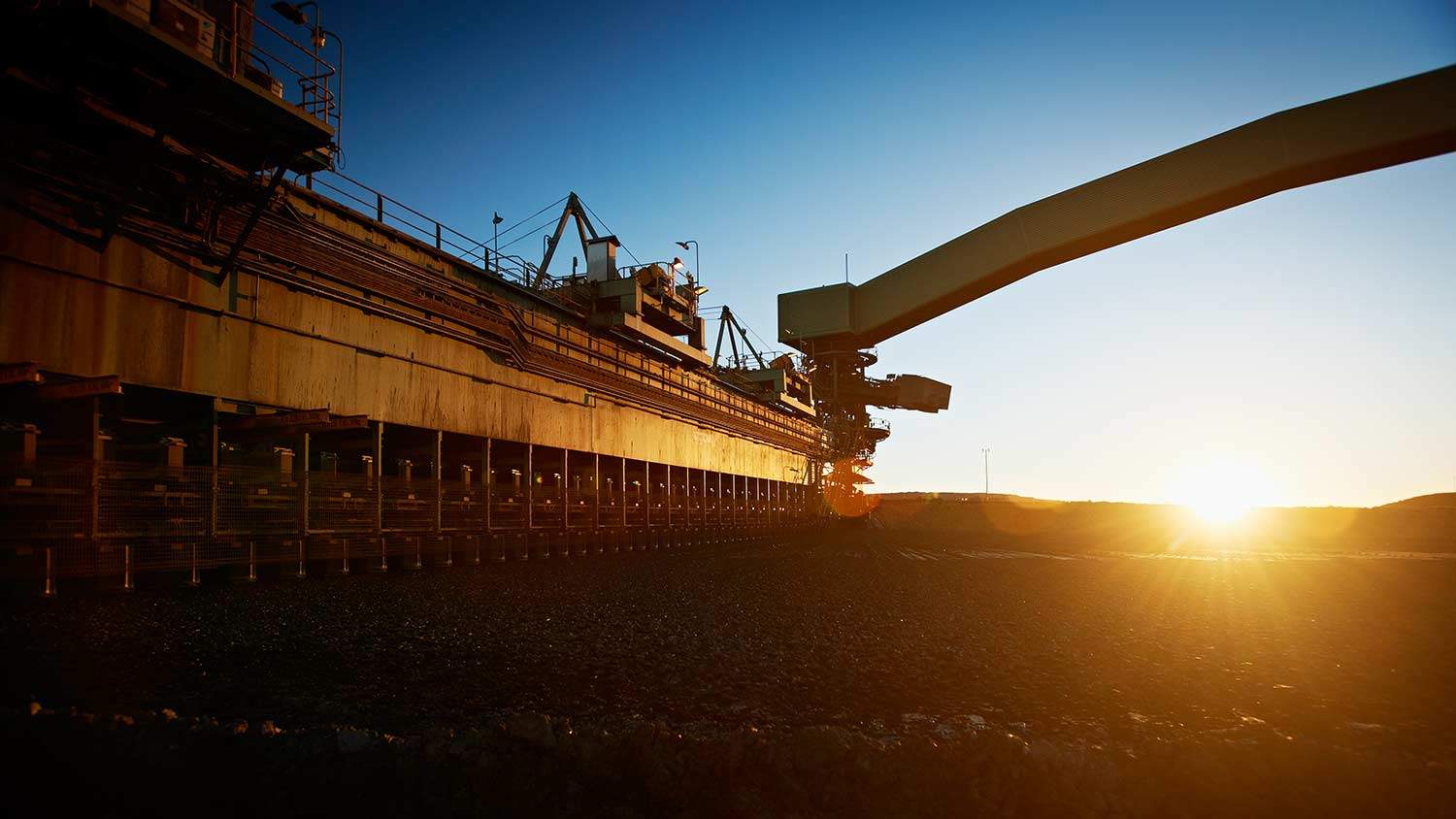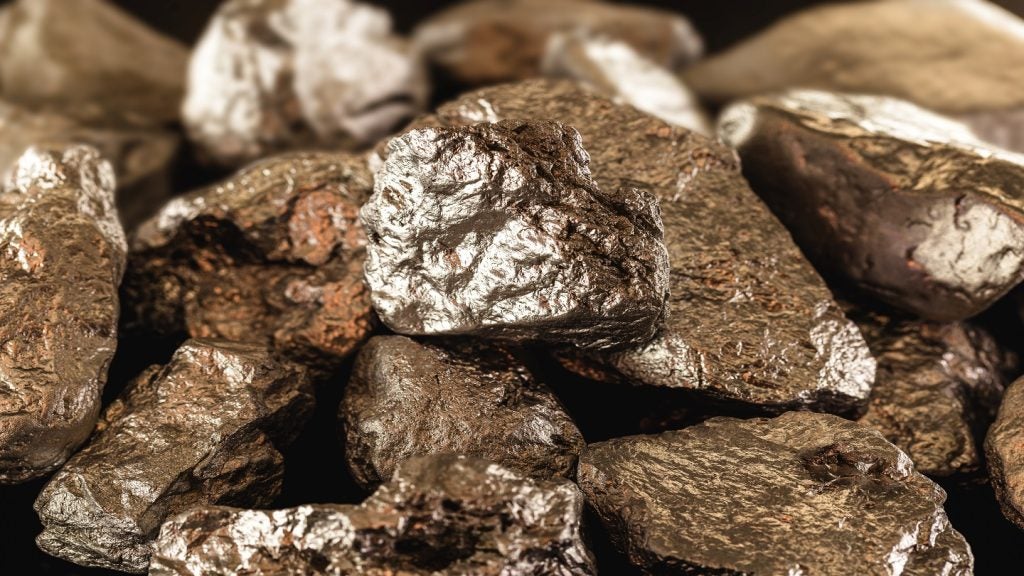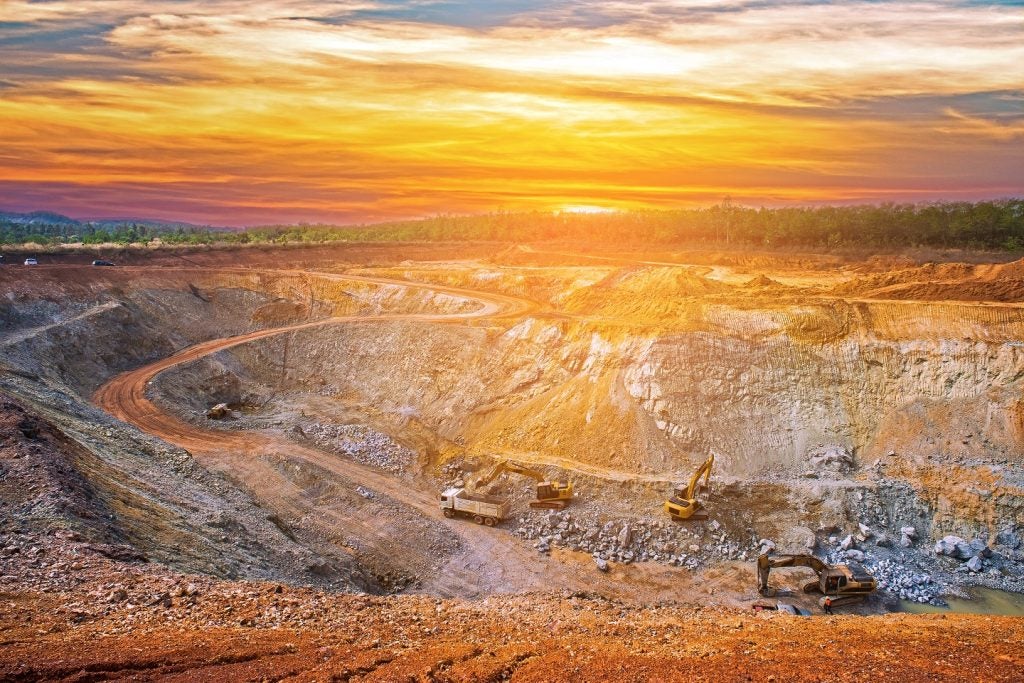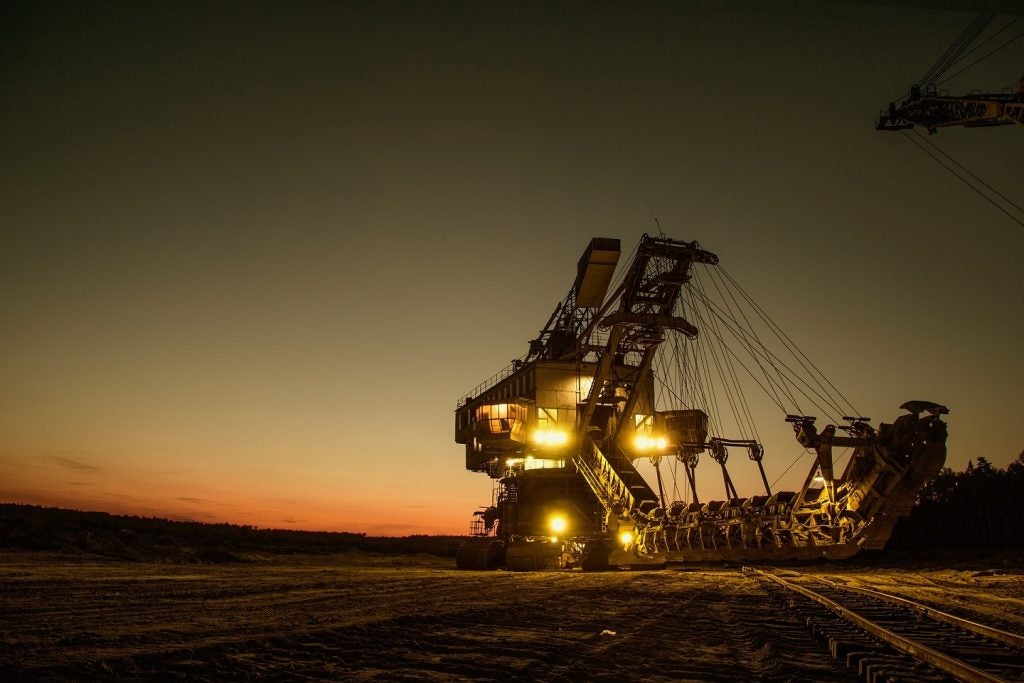
After four years of weak commodity prices and oversupply to the market, the last 18 months has finally seen growth return to the mining sector. Cue a collective sigh of relief.
Commodity prices are up across the board, supported by a lack of investment in new capacity, and mining firms are finally returning to profit.
In February, Anglo American reported a 45% increase in annual earnings, as well as free cashflow of £3.5bn. Other major companies, including as BHP Billiton, Rio Tinto and Glencore, have released similarly compelling results.
According to a new Deloitte Touche Tohmatsu report, the mining industry now stands in ‘the middle of what appears to be another bull run for some commodities’.
During the last mining boom which played out in the early to mid-2000s, many commodities reached record prices. Firms reacted by investing full-throttle into new projects, but failed to pause to tackle increasingly expensive operating costs.
“Mining companies carried on expanding, and in their rush to maximise those high prices, they incurred costs,” says Deloitte Australia consulting mining leader David Cormack.
How well do you really know your competitors?
Access the most comprehensive Company Profiles on the market, powered by GlobalData. Save hours of research. Gain competitive edge.

Thank you!
Your download email will arrive shortly
Not ready to buy yet? Download a free sample
We are confident about the unique quality of our Company Profiles. However, we want you to make the most beneficial decision for your business, so we offer a free sample that you can download by submitting the below form
By GlobalData“However, when the cycle turned, much of that expenditure was hard wired into their operations, and even their mind-sets,” he adds. “It took a long time for them to respond and when they did, it had to be in a dramatic style.”
That response involved mass jobs losses, divesting assets and parking up exploration drill rigs indefinitely. This time around, have miners learned from the crash and burn?
Caution trumps miners’ risk appetite
Firms have learned “valuable lessons” from what was a once-in-a-lifetime super-cycle, says Cormack. Today they are far more cautious.
“Mining companies are being more prudent about what they do and some of the growth options available to them now are from assets they already have in their portfolio,” says Cormack.
“They are looking to expand those projects first, though mergers and acquisitions are definitely starting to come more into the conversation.”
Furthermore, rather than spending money on ambitious new projects or deals, companies are returning dividends to shareholders. BHP Billiton recently gave shareholders a dividend of 55 cents a share, up from 40 cents a year earlier. And in February, Rio Tinto, which has declared a 70% increase in annual profits, awarded its biggest dividend yet of $1.80 a share, taking its payout for 2017 to $2.90, beating its previous record of $2.15.
This is in stark contrast to the peak of the previous boom when the industry invested more than $900bn of shareholder money into new projects and deals, according to The Financial Times.
James Stevenson, senior director, global coal at IHS Markit, says the strong prices of the last 18 months would previously have seen heavy investment and possibly over production, with prices coming off slightly.
“We haven’t seen that this time because there is a behavioural change; producers are more risk-averse, only making investments when it is more justified. They have much less interest in being speculative,” he explains.
Furthermore, due to the sector’s inherent volatility, access to capital has become difficult and more expensive, especially for coal projects. As Cormack said, mining firms are looking inward instead at how they can maximise the potential of their current assets.
Mark Cutifani, chief executive of Anglo American, told the FT Commodities Global Summit in Lausanne in March that the company has to improve its existing assets first.
“We’re allergic to those types of risks today,” he said, “but at the same time we’ve got to be careful we don’t become gun shy either. We’re just trying to get the balance right.”
This is a good strategy, Stevenson agrees, as “it reduces the risk of over investment, as the best cure for hire prices is high prices”.
New-age commodities
Now, investments are increasingly being made in so-called ‘new-age minerals’: cobalt, copper, nickel and lithium.
“Big miners are putting their capex against commodities, projects and portfolios that are showing good long-term prospects but, more specifically, we are seeing the emergence of the ‘battery minerals’ and the ‘new-age minerals’ needed for the technology of the future,” says Cormack. “Some exploration companies have completely switched from more traditional commodities to these newer ones.”
Lithium, for example, is now one of the world’s fastest growing commodities due to the demand for Li-ion batteries. According to Chile’s largest lithium producer, SQM, the mineral’s growth rate is at 20%. In March, the company said its net income had reached $428m, an increase of more than 50% of the $278m the year before.
Cobalt is also garnering a lot of interest due to its scarcity but necessity in batteries for electric vehicles. According to figures from the London Metal Exchange, the price of cobalt has made a 22% gain already this year and a 250% gain since early 2017.
Furthermore, data from Mining Intelligence shows that worldwide cobalt drilling activity quadrupled in Q4 2017, accounting for 50% of total activity of battery materials worldwide.
Industry culture change
As time goes on and prices remain buoyant, as they are broadly expected to, could miners suffer a memory lapse and fall back into bad habits?
“They might,” says Cormack, “but probably not to the same extent.” This is because beyond fiscal prudence there are other factors at play in the mining sector today.
“The sustainability agenda has advanced in leaps and bounds,” he continues, “companies are now being sincere about how they carry out their operations.
“I think this is a very exciting time to be in the industry, there are some lessons learned from the past and mining firms have taken this on board and not only restructured their operations but the way they approach things.”
This is as far reaching, he says, as mining firms working towards greater diversity of their boards for better scrutiny and delivery of shareholder value, investments in innovation, automation and technology, as well as looking to learn lessons from other sectors, including the automotive and agriculture.
“We are seeing a huge interest and traction on how to use technology to optimise more effectively and efficiently and to future-proof companies against potential commodity downturns,” he adds.
Though this is less prevalent in coal mining, according to Stevenson. “We haven’t seen a lot of remote operations and AI in the coal space for varied reasons,” he says, “but the biggest being that we are still coming out of a time where there was no money to spend and technology still requires an upfront cost”.
This new interest in doing things differently has also extended to local community engagement and environmental responsibility, says McCormack, with companies looking at options such as in-situ excavation to minimise their impact.
It seems that, after a tumultuous period of low commodity prices and high public scrutiny, many mining firms are focused on understanding how to manage their key risks – commodity prices, permitting, access to capital and social licence to operate – in a more sustainable way to avoid, among other things, reputational damage and financial loss.







